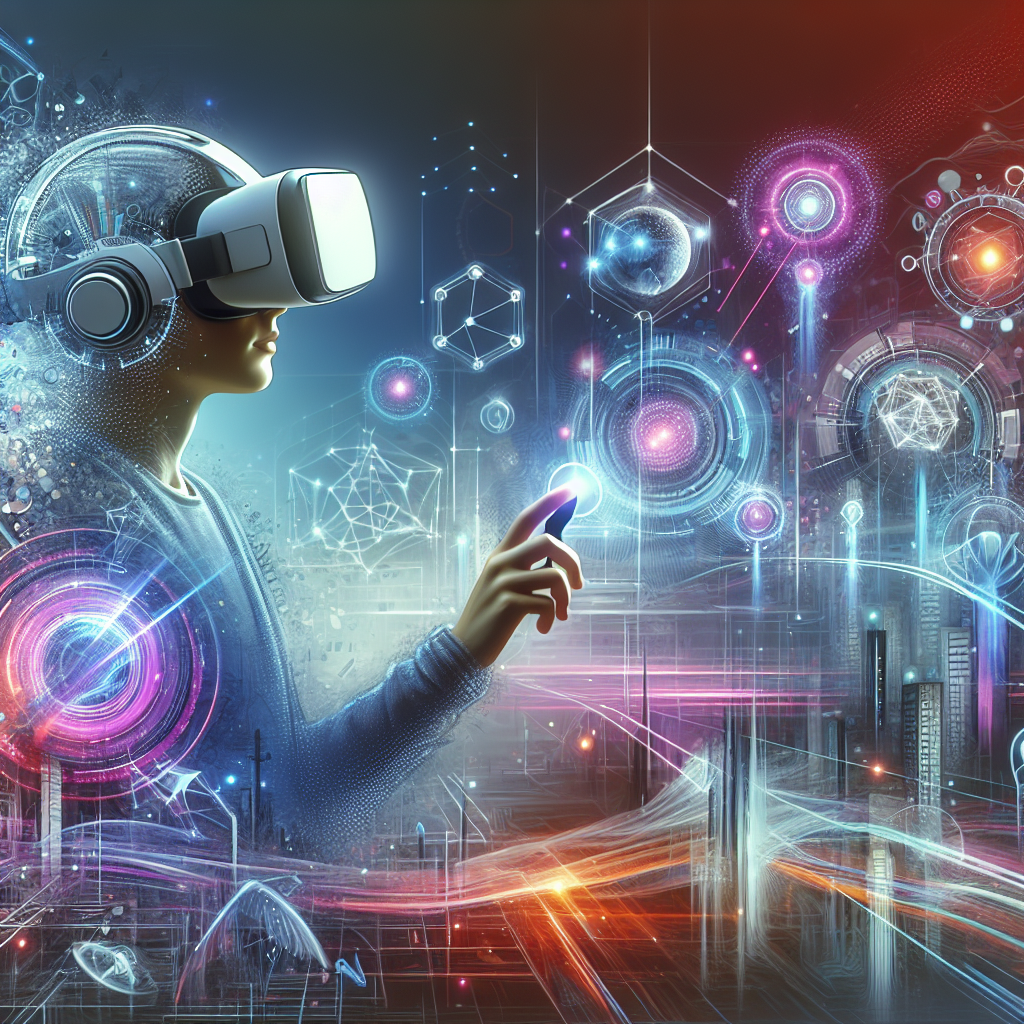Virtual reality (VR) technology has come a long way since its inception, and its future looks brighter than ever. With the rapid advancements in technology, the possibilities for VR are endless, and we are only scratching the surface of what this immersive technology can do. In this article, we will explore the trends and innovations shaping the future of virtual reality.
One of the most exciting trends in virtual reality is the increasing adoption of VR in various industries. From healthcare to education, VR is being used to revolutionize the way we learn, work, and interact with the world around us. In the healthcare industry, VR is being used for medical training, patient therapy, and even surgical procedures. In education, VR is transforming the way students learn by providing immersive and interactive experiences that enhance comprehension and retention.
Another trend in virtual reality is the development of more advanced and realistic VR experiences. With the introduction of 5G technology, VR experiences are becoming more immersive and seamless, with higher resolution graphics and faster response times. Companies like Oculus and HTC are constantly pushing the boundaries of VR technology, creating more realistic environments and interactions that blur the line between the virtual world and reality.
Innovations in VR hardware are also driving the future of virtual reality. Companies are developing more lightweight and comfortable VR headsets that are easier to use for extended periods of time. Eye-tracking technology and hand-tracking controllers are also becoming more prevalent, allowing users to interact with virtual environments in more intuitive ways. In addition, haptic feedback technology is being integrated into VR systems, providing users with tactile sensations that enhance the immersive experience.
One of the most exciting innovations in virtual reality is the development of augmented reality (AR) and mixed reality (MR) technologies. AR overlays digital information onto the real world, while MR blends virtual and real environments to create a seamless and interactive experience. These technologies have the potential to revolutionize how we interact with the world around us, from gaming and entertainment to communication and productivity.
As virtual reality continues to evolve and expand, the possibilities for its future are limitless. From healthcare and education to entertainment and communication, VR has the potential to transform every aspect of our lives. With advancements in technology and innovation driving the development of more immersive and realistic experiences, the future of virtual reality is looking brighter than ever.


Leave a Reply